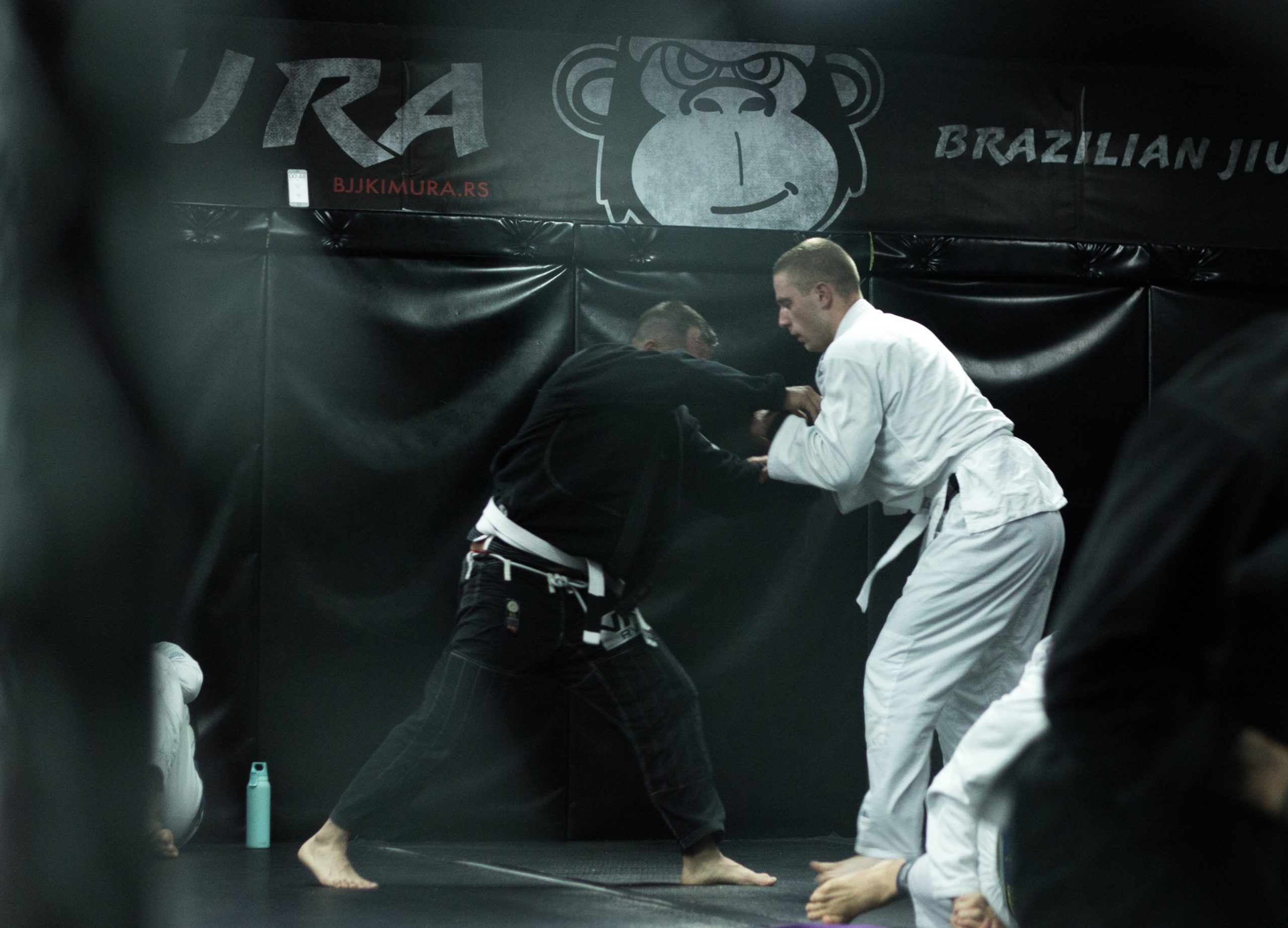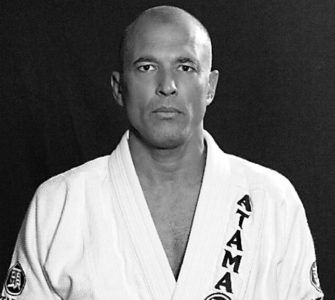If you are novice at something it is perfectly common that you are going to make mistakes but how you address them will determine the speed of your progress. Here won’t be much about specific mistakes but mainly about misconceptions which negatively affect overall BJJ game. This way bigger domain will be covered and more readers will be able to recognize their mistakes and correct them. Most common mistakes that white belts make are:
Rolling too aggressive / using too much strength – some white belts roll like it is matter of life or death. This comes out of desire to win. It is good that a BJJ fighter develops his winning mentality but one should always be aware of main goal of training and that is to learn BJJ. If fighter is too tense he can’t think clearly and that way he’s slowing down his progress. Main thing is to find balance between desire to win and learning and experimenting with new techniques.
Trying to jump from one position to other/make too much space between them and sparring partner – they don’t make constant pressure while they are advancing in position and they aren’t close enough to their opponent. This mistake can be seen at all levels but it is most obvious at white belts. You should always strive to improve this, even when you reach higher belts. This is one of those things that you can always master more.
Attacking leg locks before they have learned basics – this just doesn’t work this way. If you are doing this you are limiting your game more than you are getting advantage. You are just delaying learning of the basics and that can cost you a lot. Also, because you haven’t learned fundamentals you can’t expect that you will master something more complexed like leg locks.
Rolling too defensive – in most cases this is the mistake that physically strong white belts do. They do this because their biggest goal is not to be submitted, so they oversight other important elements of the game. Your strength can sometimes be a big trap. I’ve seen a lot of guys which train more than just a few years and they are still blue belts. They are hard to submit but they haven’t made any kind of advance in their BJJ game.
Neglecting usage of their body parts which aren’t arms – a lot of white belts use only their arms to control their opponents. They aren’t aware that they can and should use their hips, legs and even head much more.
Fighting for positions that they have already lost – some white belts hold position for too long, even when it’s lost they try to maintain it without any modifications. Result is that they lose position and then they end up in inferior one. BJJ is very dynamic sport, you should be constantly moving and adjusting.
Using illegal techniques – those that are banned for their belt or sometimes even those which are banned for every belt. They usually don’t do this deliberately, they are just not aware of the rules. Instructors and their sparring partners shouldn’t make too much fuss about it unless it has been done on purpose. Everybody needs time to learn.
If you can recognize yourself in this mistakes don’t feel discouraged, try to be honest with yourself and look at these insights which this text brought to you as a good thing. Because now you can change your game to better!
Written by Uros Culic from Serbia, a BJJ black belt under Ricardo Vieira and FILA Grappling World Champion who has been training, teaching and competing for the last 10 years. Uros is one of the best fighters out of Serbia who is known for his smashing, but technical style.



















